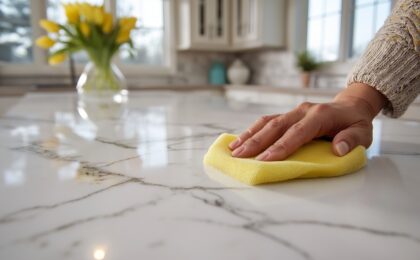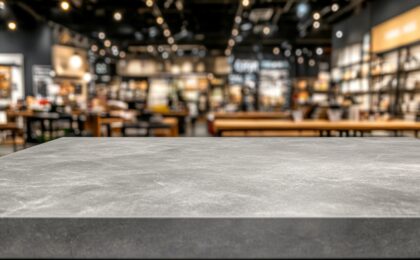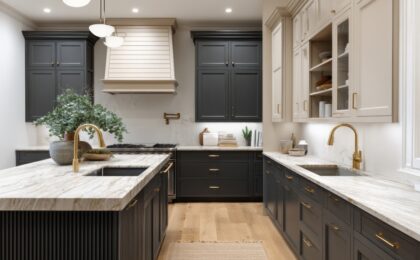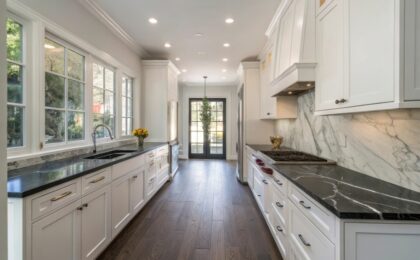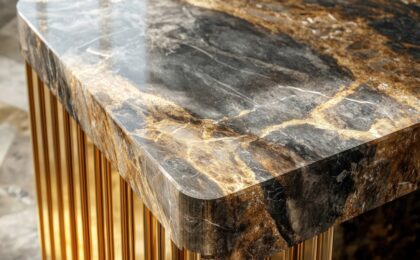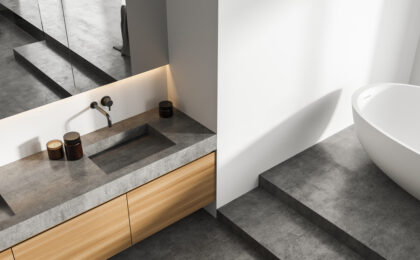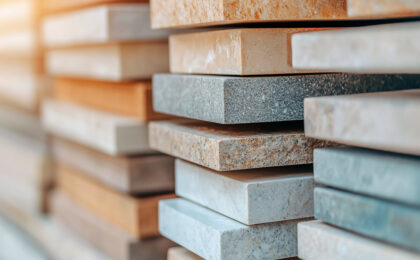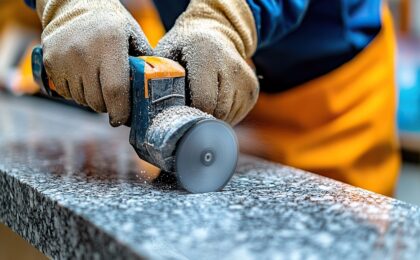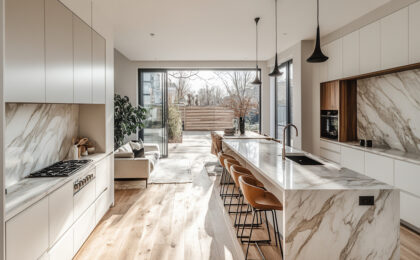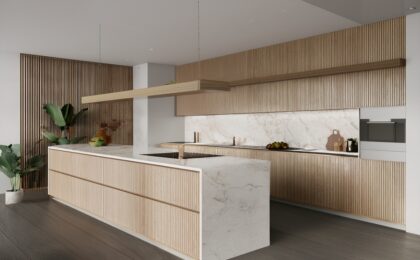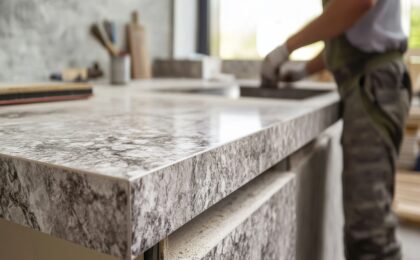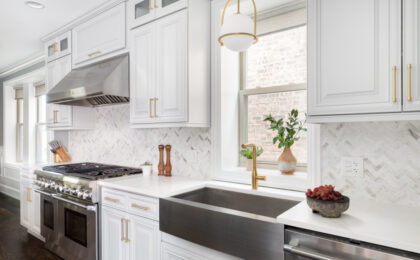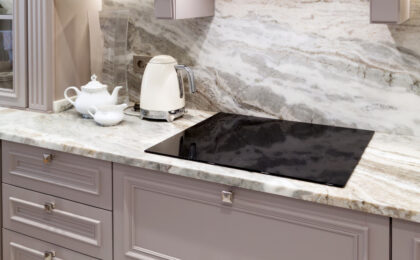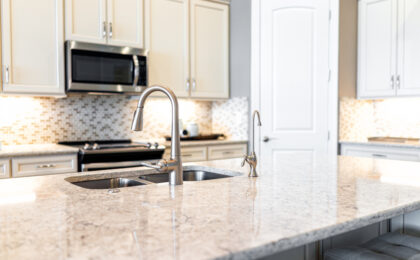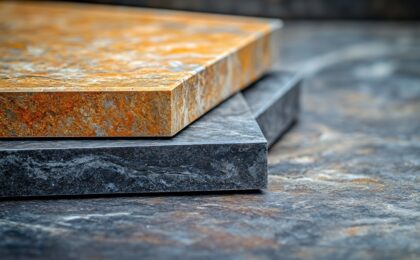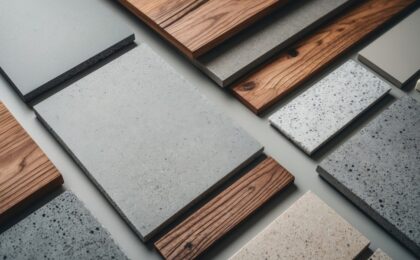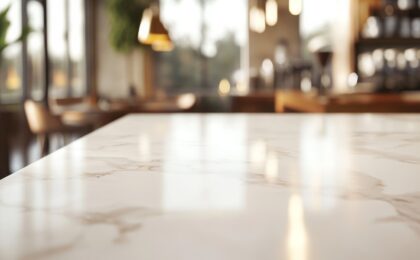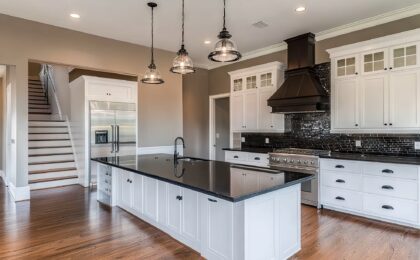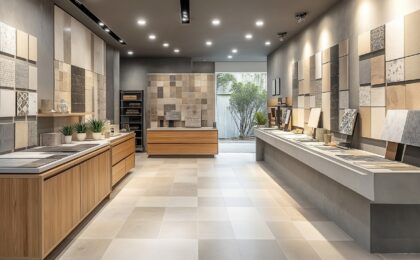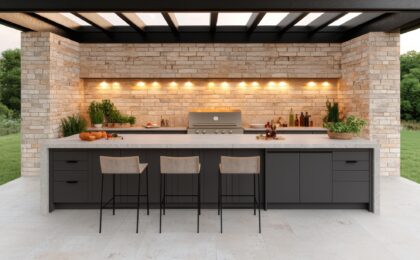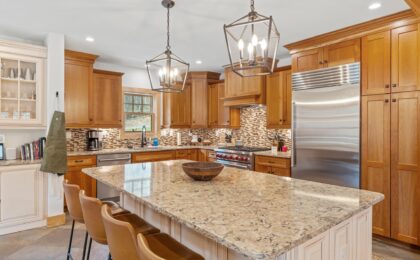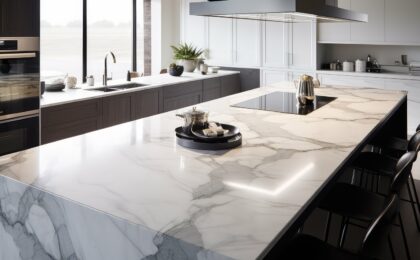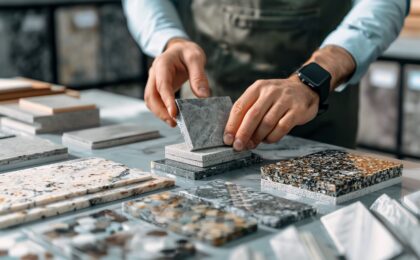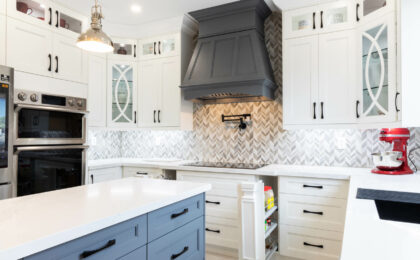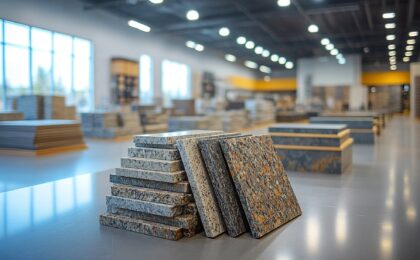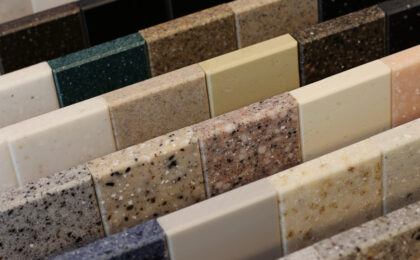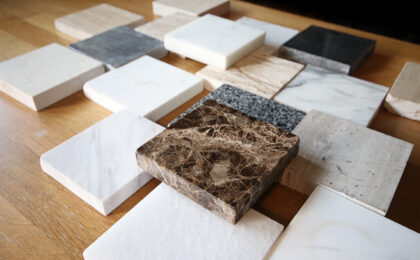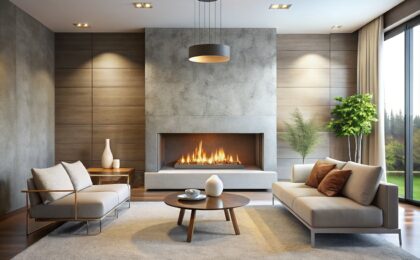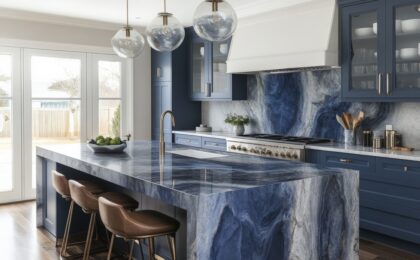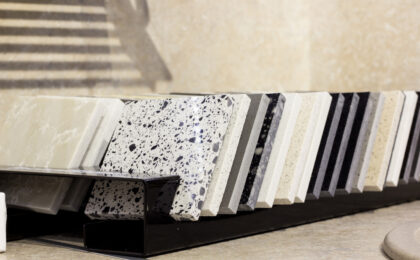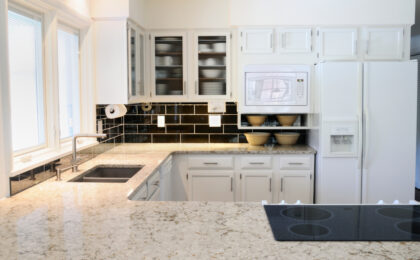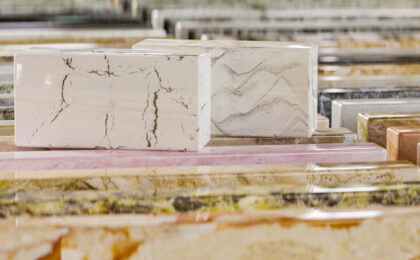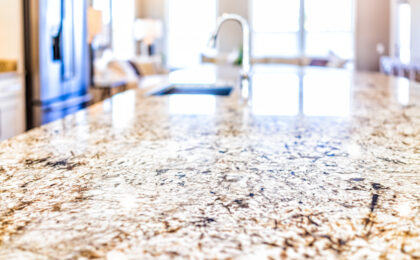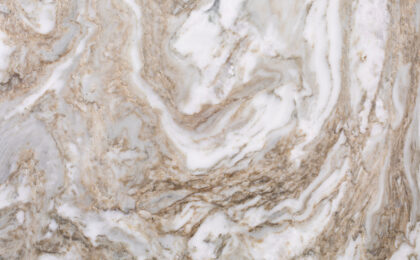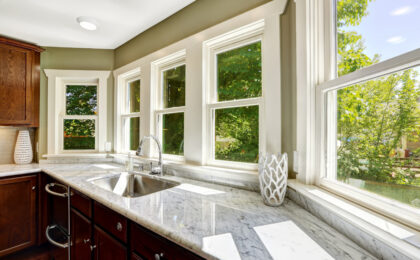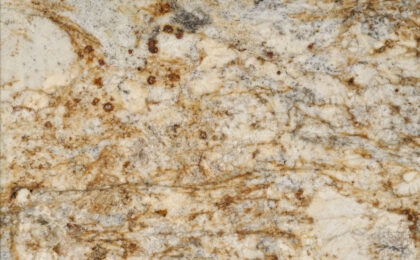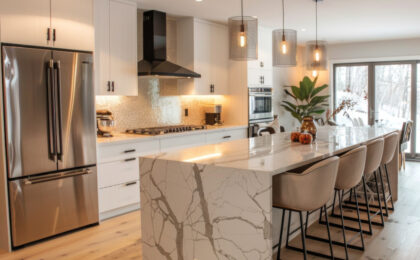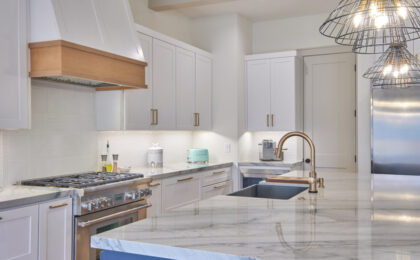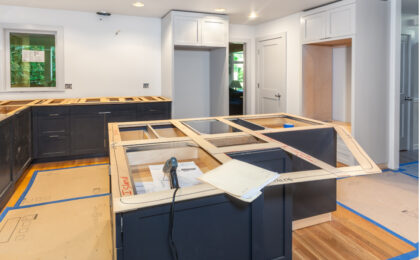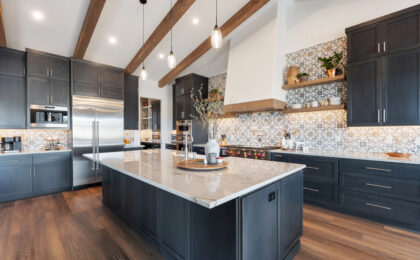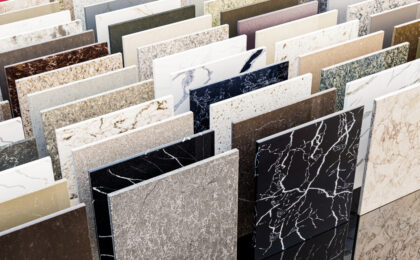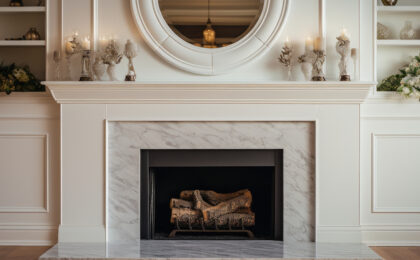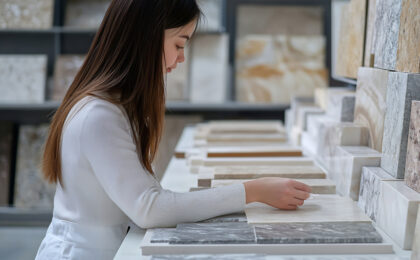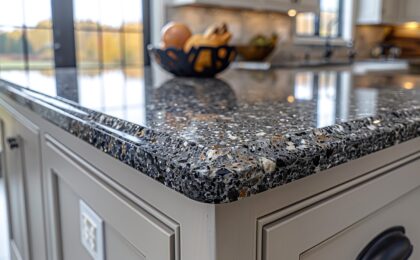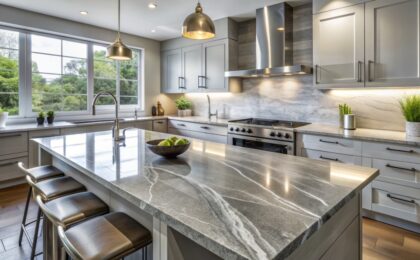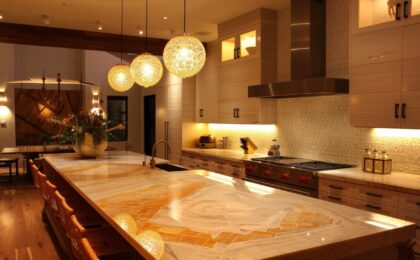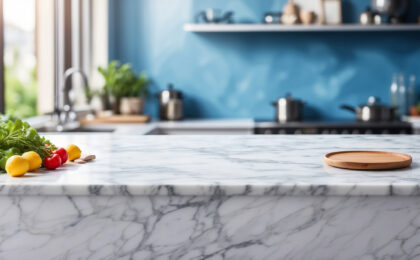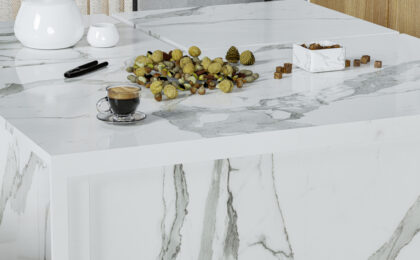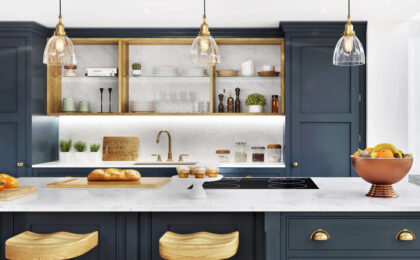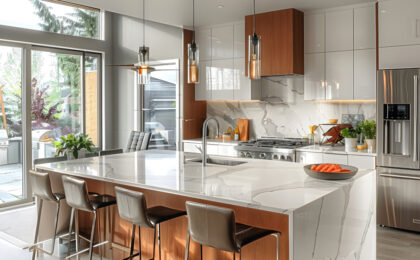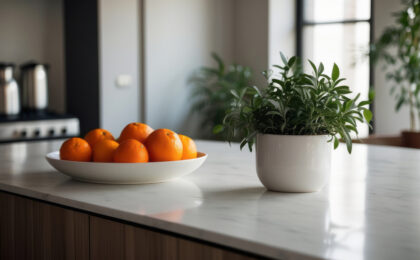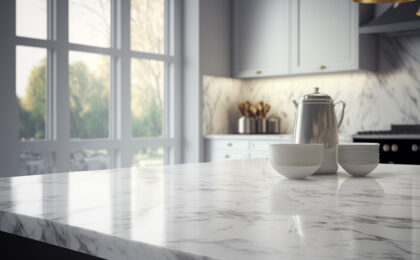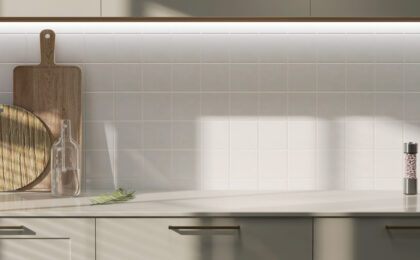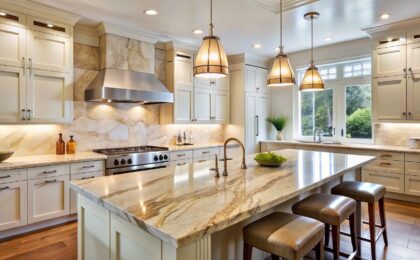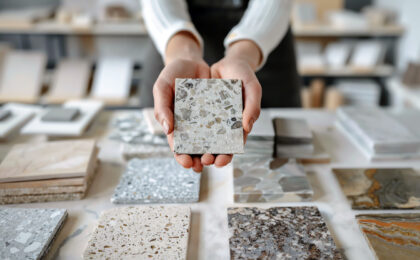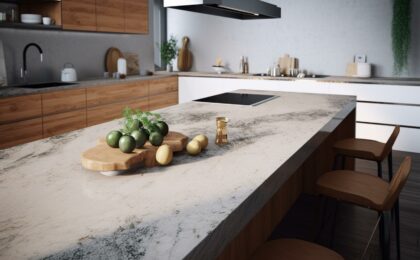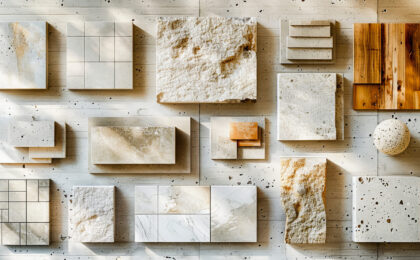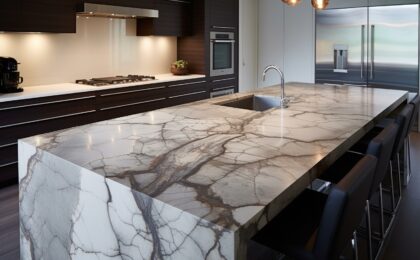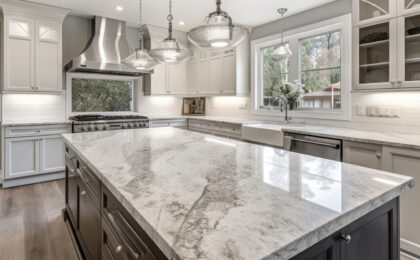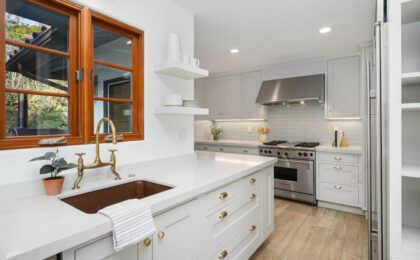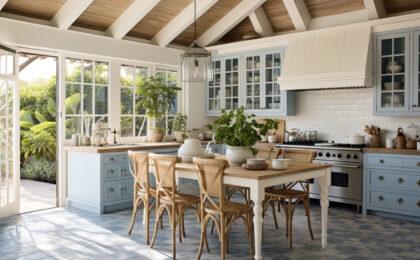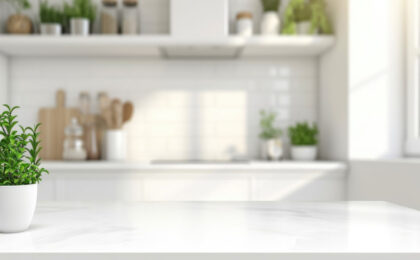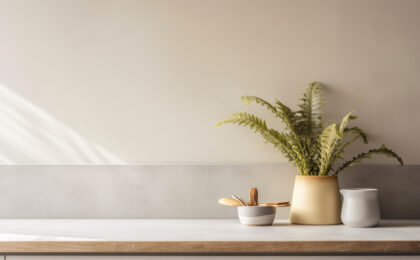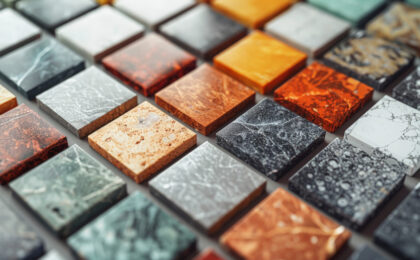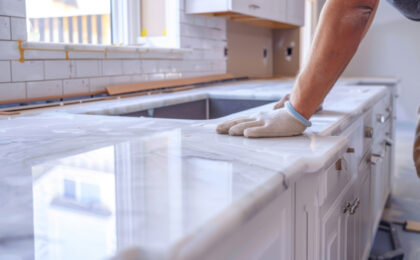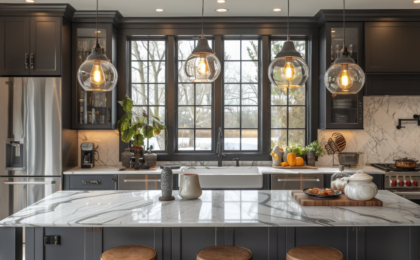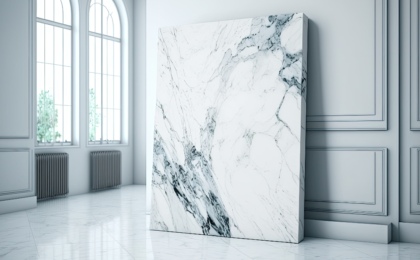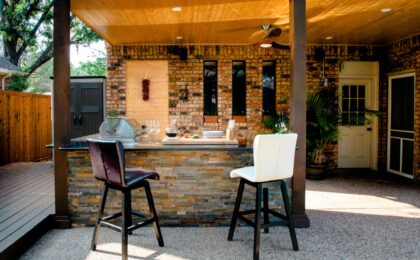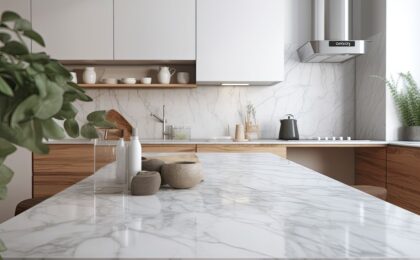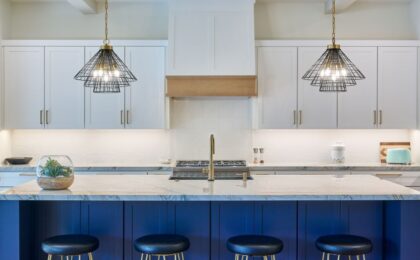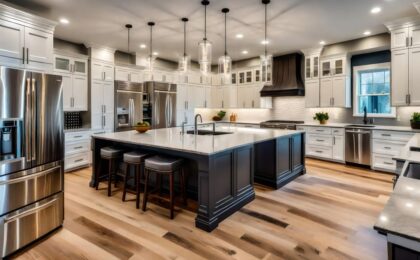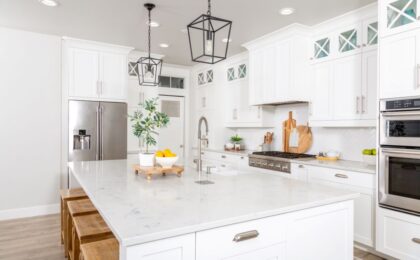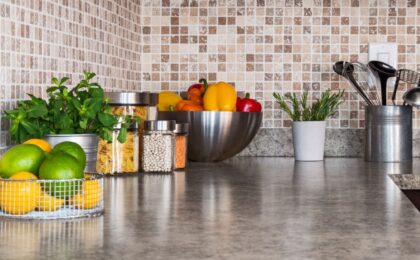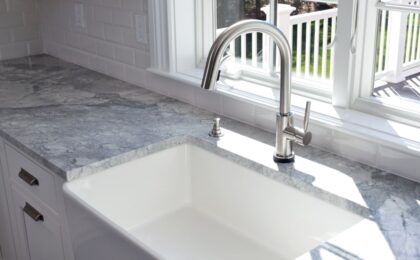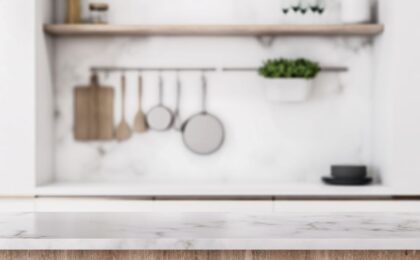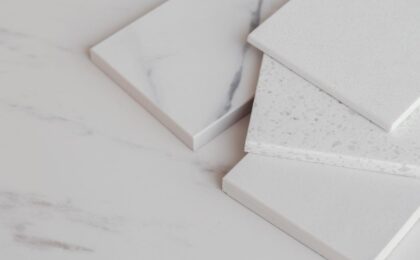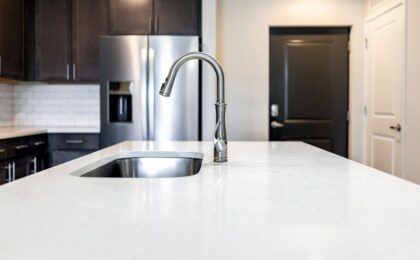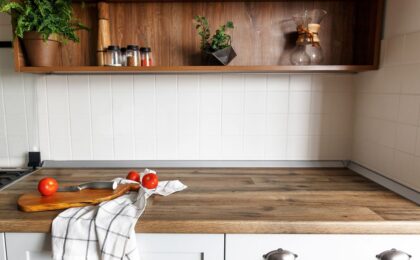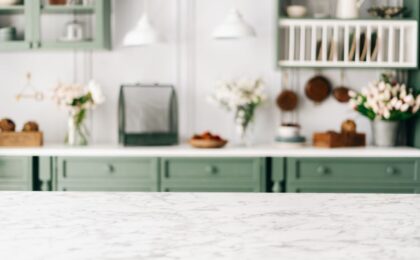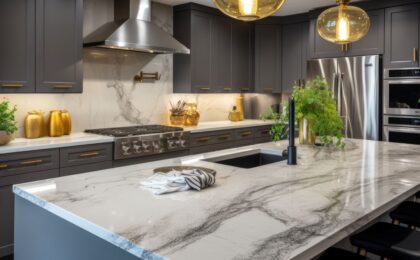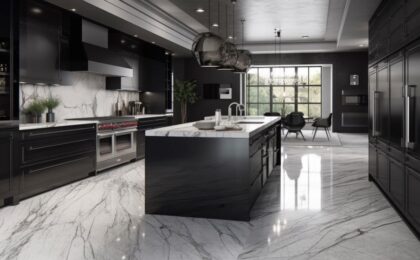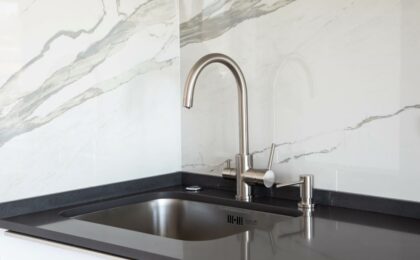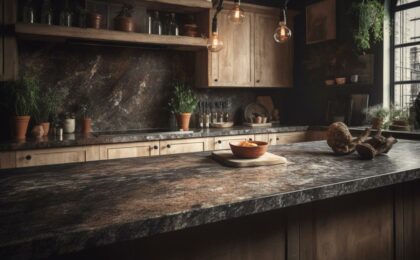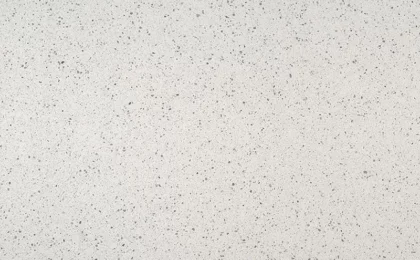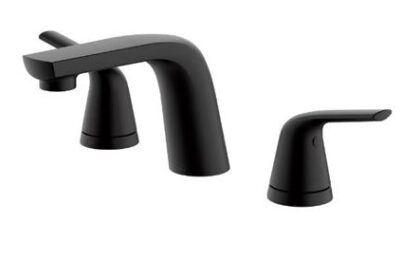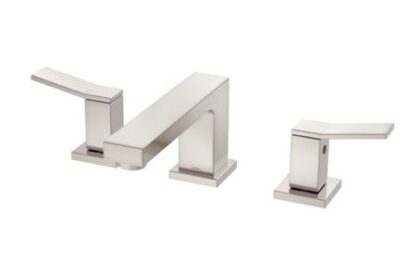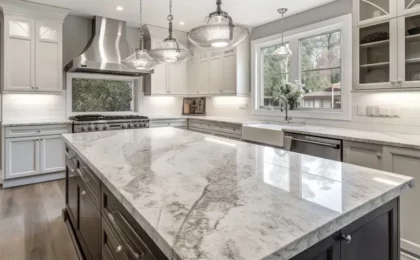When it comes to interior design, floors are often overlooked as a potential canvas for creativity. However, patterned floors can make a striking statement, transforming a room from ordinary to extraordinary. Whether you’re looking to add a touch of elegance, whimsy, or boldness to your space, decorating with patterned floors is an excellent way to showcase your personal style. In this blog post, we’ll explore some tips and ideas to help you navigate the world of patterned floors and create a stunning visual impact in your home.
Choose the Right Pattern:
The first step in decorating with patterned floors is selecting the right pattern for your space. Consider the overall style and ambiance you want to create. For a classic and timeless look, opt for intricate patterns like herringbone or chevron. If you prefer a more contemporary vibe, geometric patterns or large-scale motifs can be an excellent choice. Balancing the size and complexity of the pattern with the size of the room is crucial to avoid overwhelming the space.
Complement with Neutral Walls and Furniture:
To let your patterned floors take center stage, it’s essential to create a balanced backdrop. Opt for neutral-colored walls and furniture that won’t compete with the floor design. Lighter shades like white, beige, or soft pastels work well to enhance the floor’s visual impact while maintaining harmony in the overall design.
Coordinate Colors and Textures:
Patterned floors provide an opportunity to play with colors and textures. If you have a specific color palette in mind, select a floor pattern that incorporates those hues. Alternatively, you can use the floor as an inspiration to build the rest of the room’s color scheme. Coordinate textures as well by choosing complementary materials for furniture and decor. For instance, if you have a bold geometric pattern on your floor, balance it with smooth and minimalistic furniture.
Balance Patterns in the Space:
When incorporating patterned floors into a room, it’s important to consider the balance of patterns throughout the space. If your floors have a bold and intricate design, keep other patterns in the room more subdued. You can introduce smaller patterns through textiles, such as rugs, curtains, or throw pillows. Strive for a harmonious blend of patterns that work together rather than clash.
Embrace Contrasting Elements:
While creating a cohesive design is crucial, don’t shy away from incorporating contrasting elements to add visual interest. Consider mixing different patterns in a complementary way. For example, if you have a patterned tile floor, pair it with a striped rug or a floral wallpaper on one accent wall. The key is to strike a balance between contrasting elements and maintaining an overall cohesive look.
Consider the Room’s Purpose:
Take into account the function and purpose of the room when choosing a patterned floor. For high-traffic areas like kitchens or hallways, opt for durable materials and patterns that can withstand heavy use. In bedrooms or living rooms, you can explore more intricate and delicate patterns to create a cozy and inviting atmosphere.
Experiment with Scale and Placement:
Don’t limit yourself to traditional placement of patterned floors. Experiment with scale and orientation to create unique and eye-catching effects. Consider diagonal or checkerboard layouts, or even mix different patterns within the same space. Just ensure that the placement and scale of the patterns complement the room’s overall design and flow.
Conclusion:
Decorating with patterned floors is an art form that can elevate your space to new heights. By selecting the right pattern, coordinating colors and textures, balancing patterns, and embracing contrasting elements, you can create a visually stunning and cohesive design. Remember to consider the room’s purpose and experiment with scale and placement to add your personal touch.
Authored by Shannon Vogel, Published on 5/31/2023
